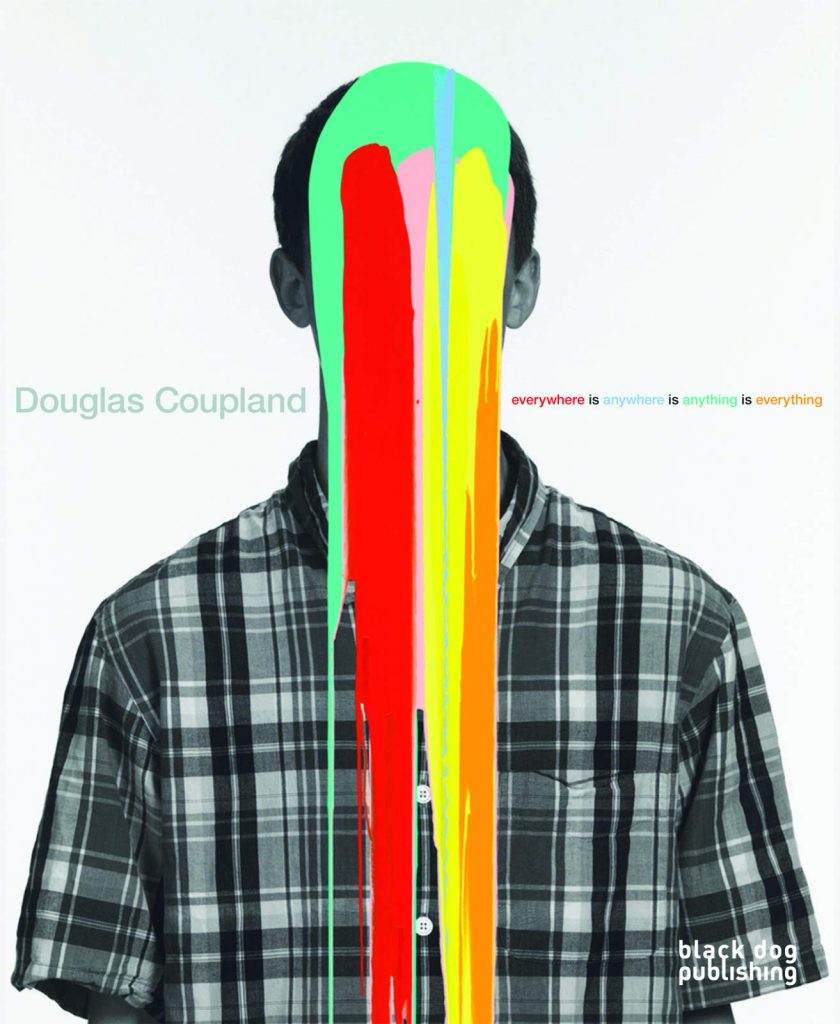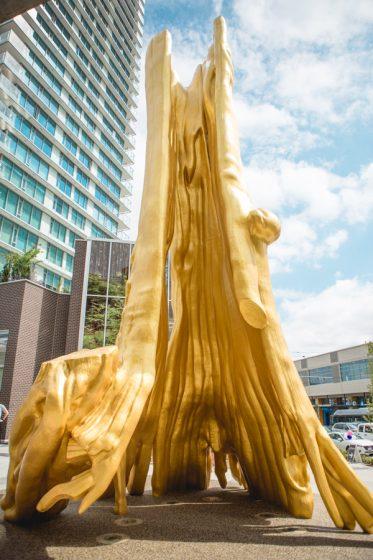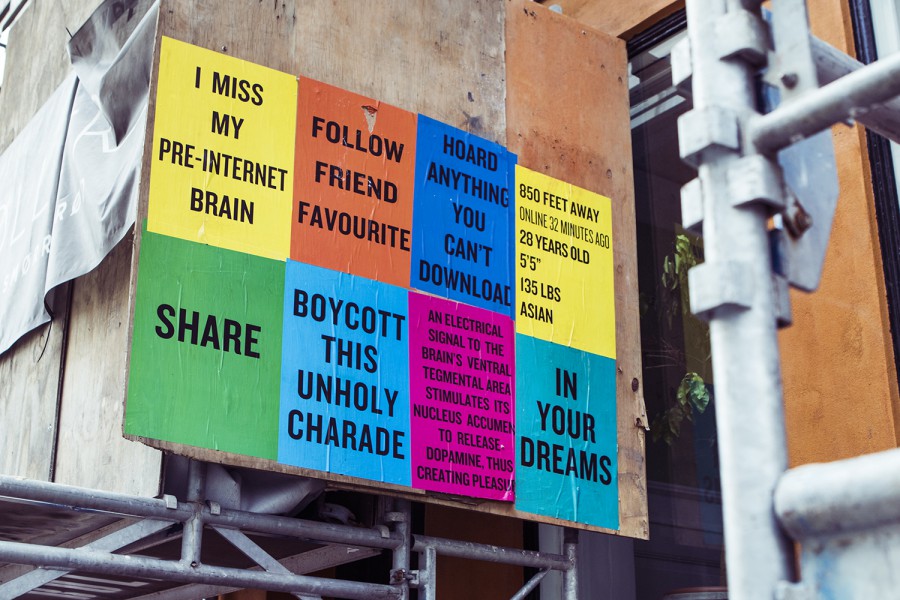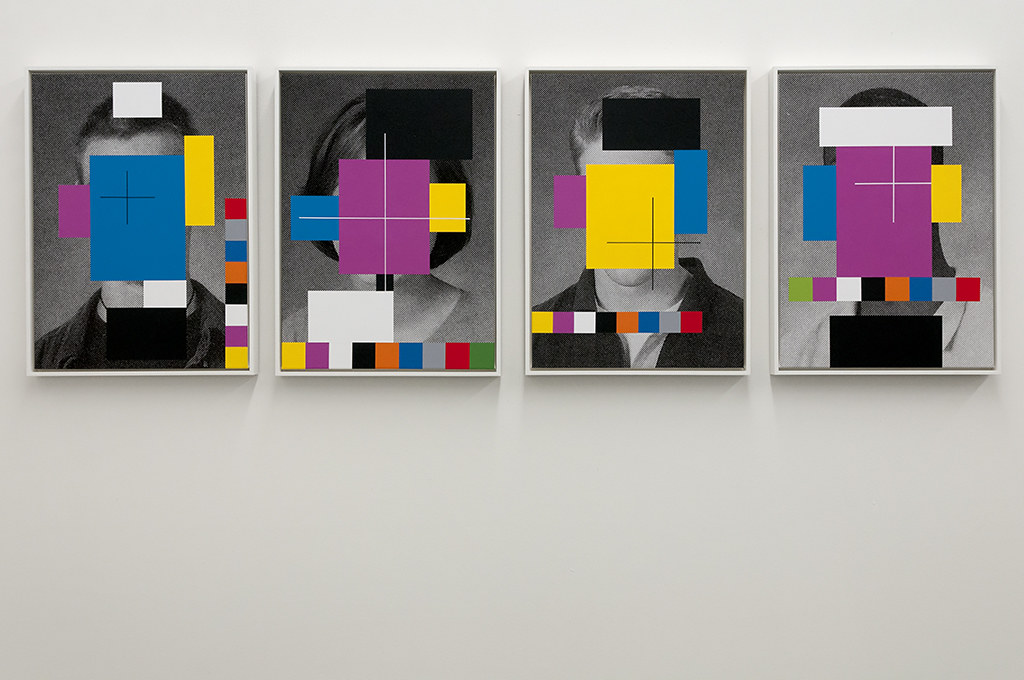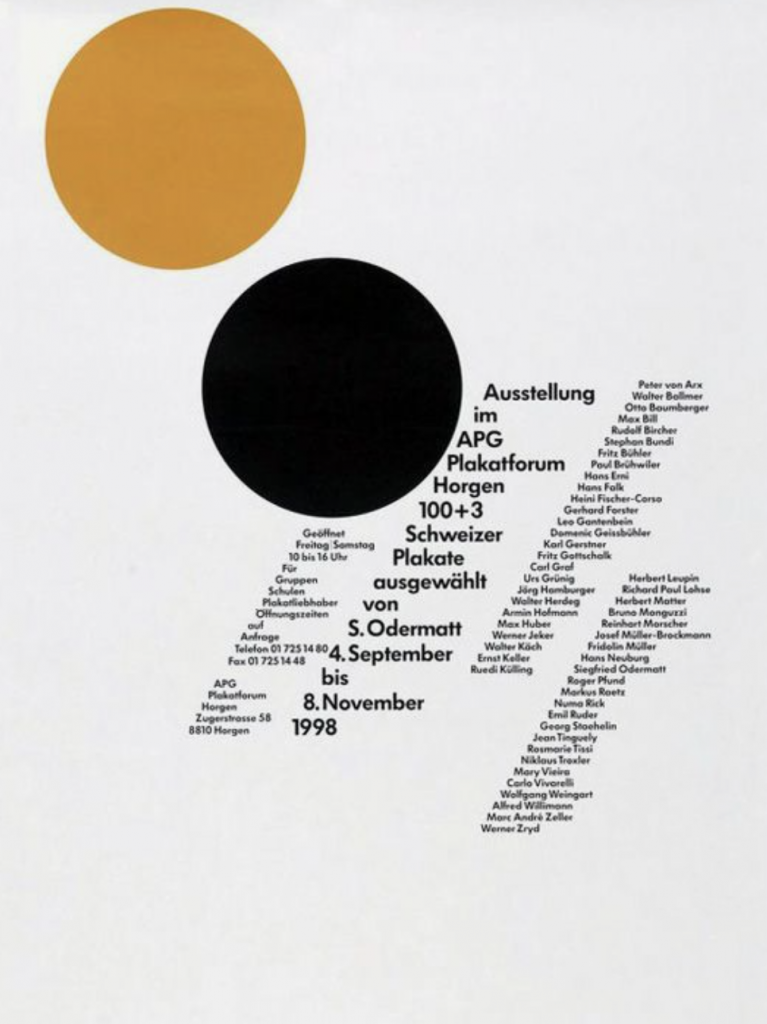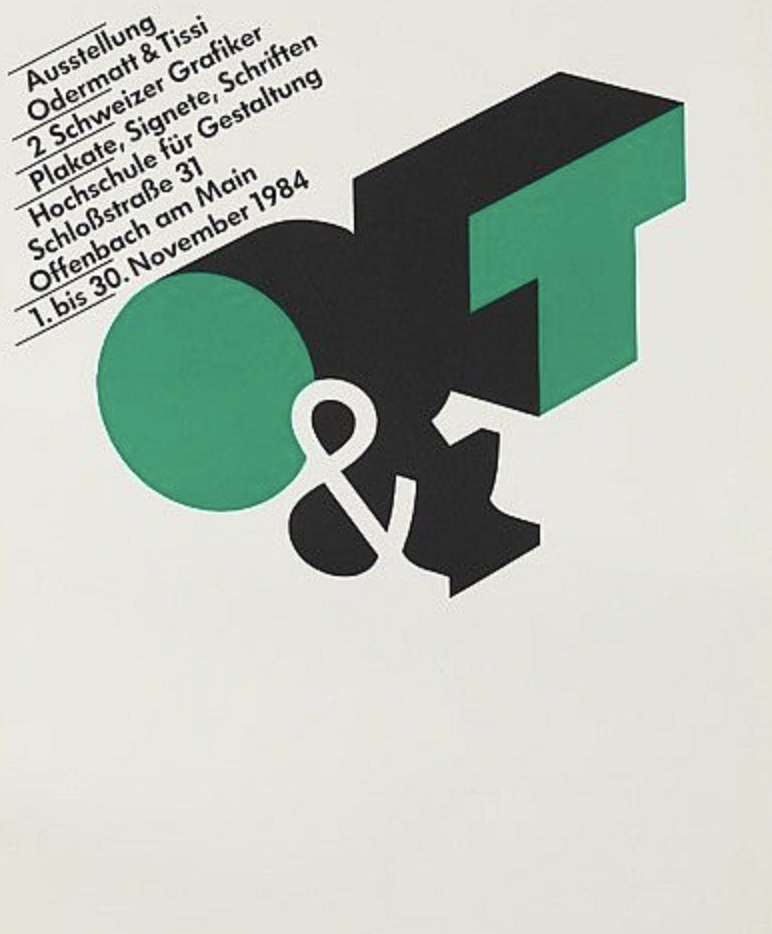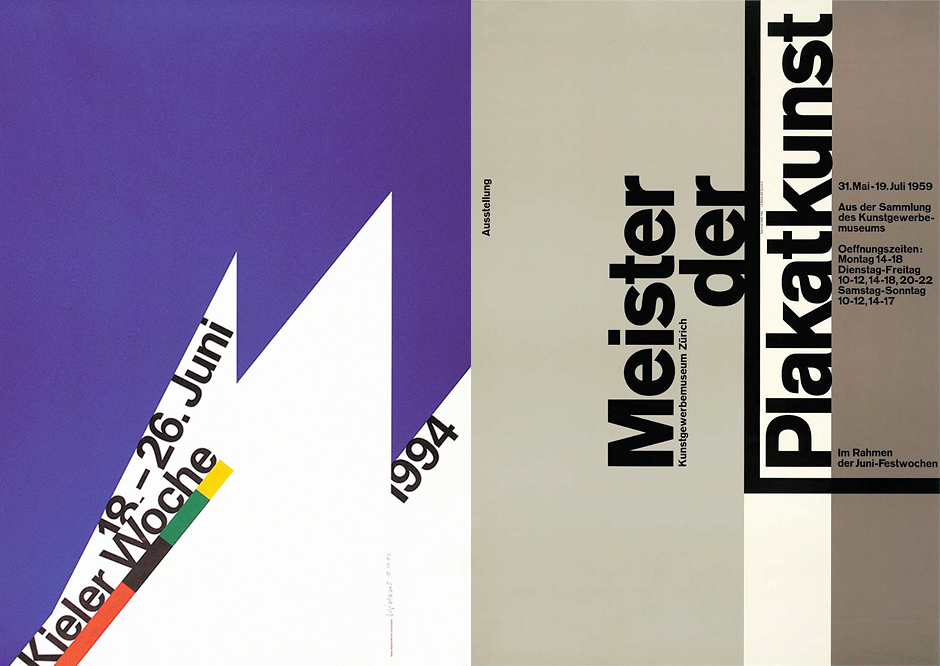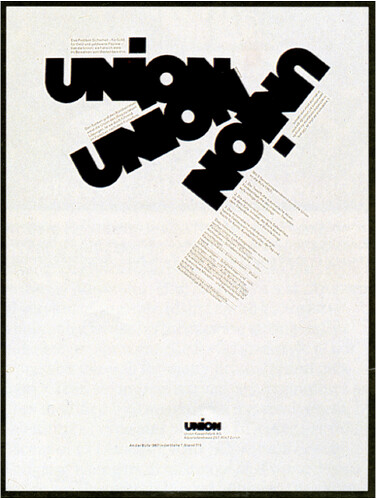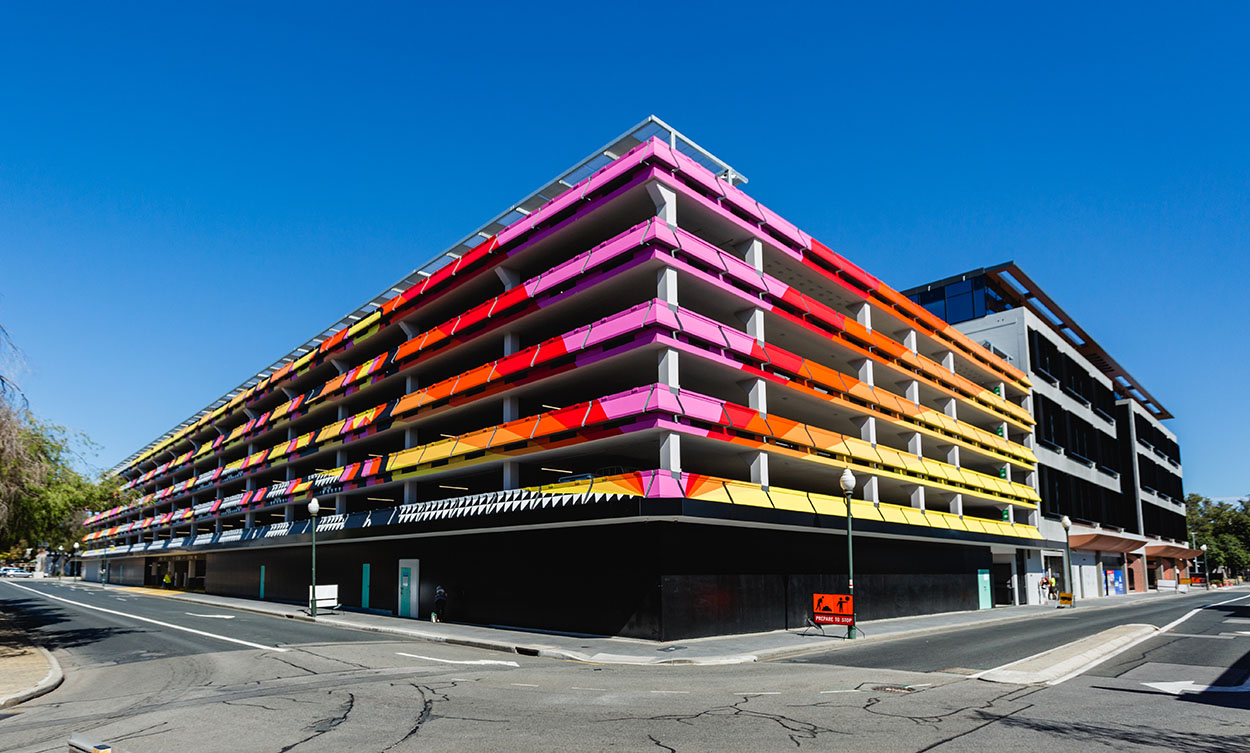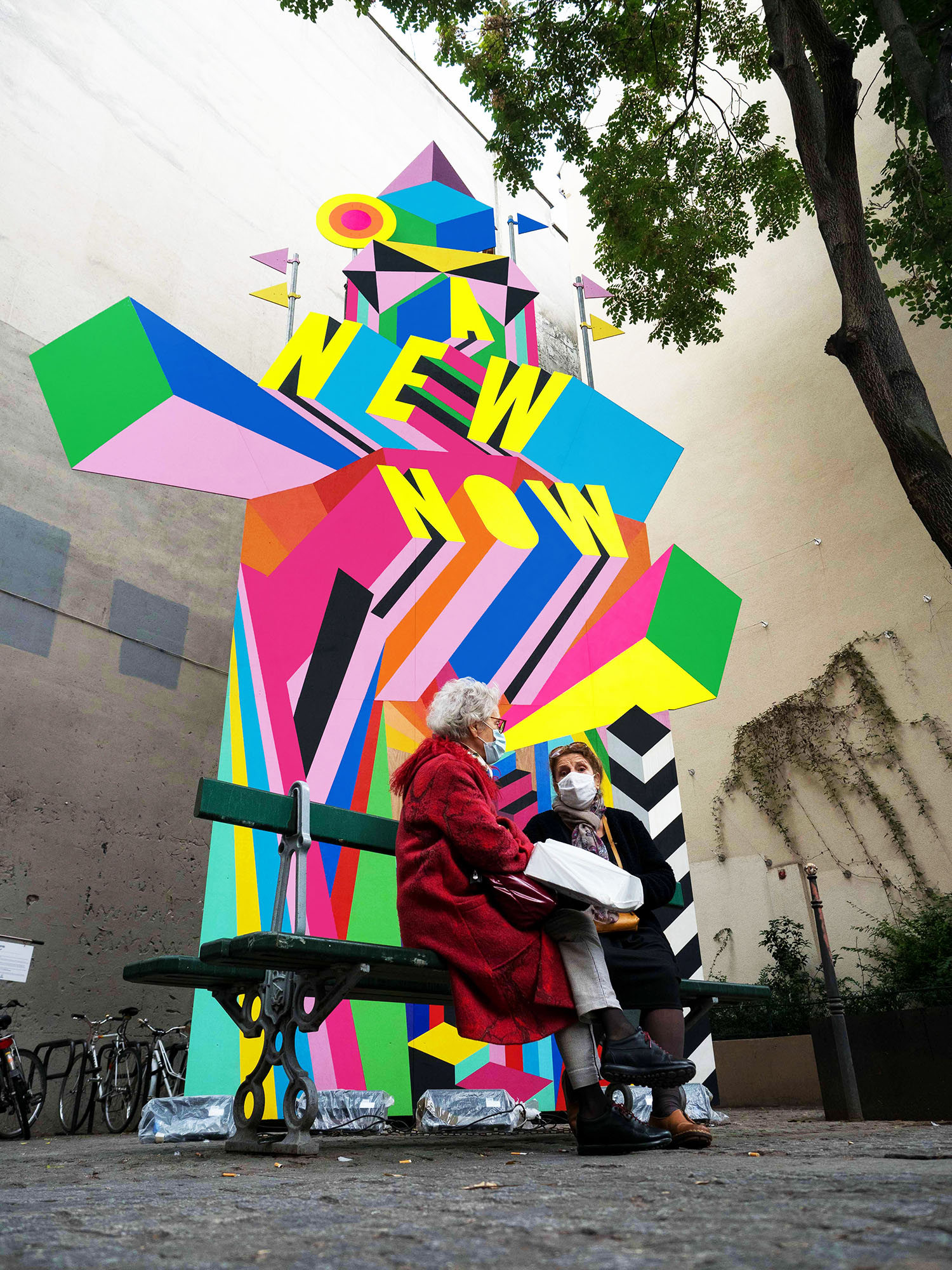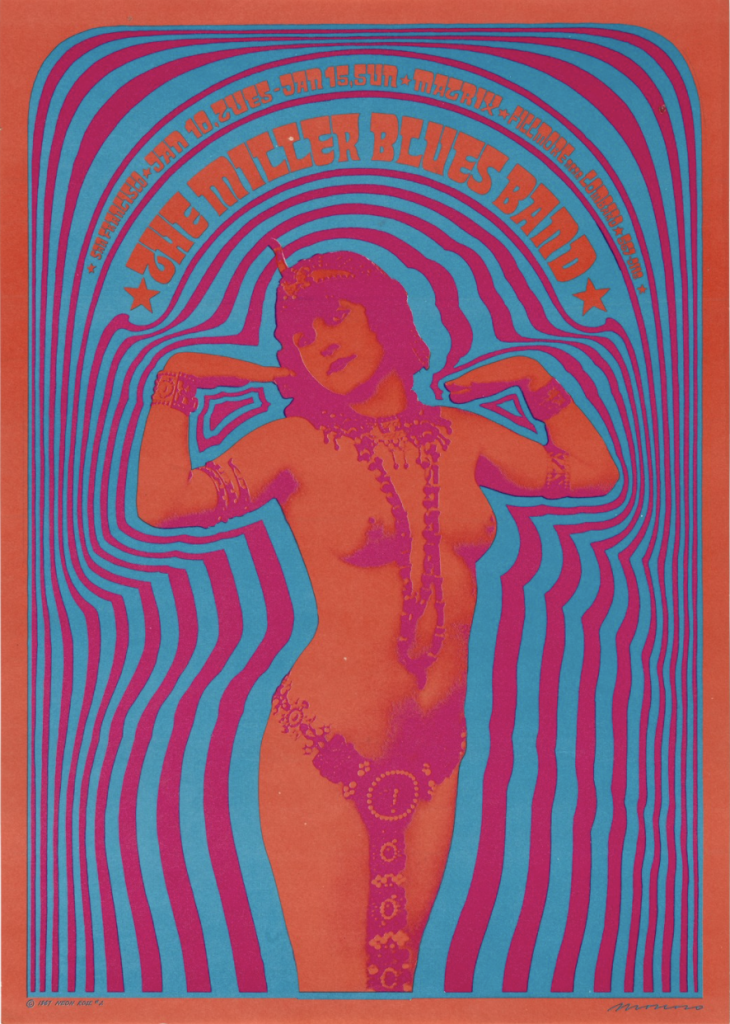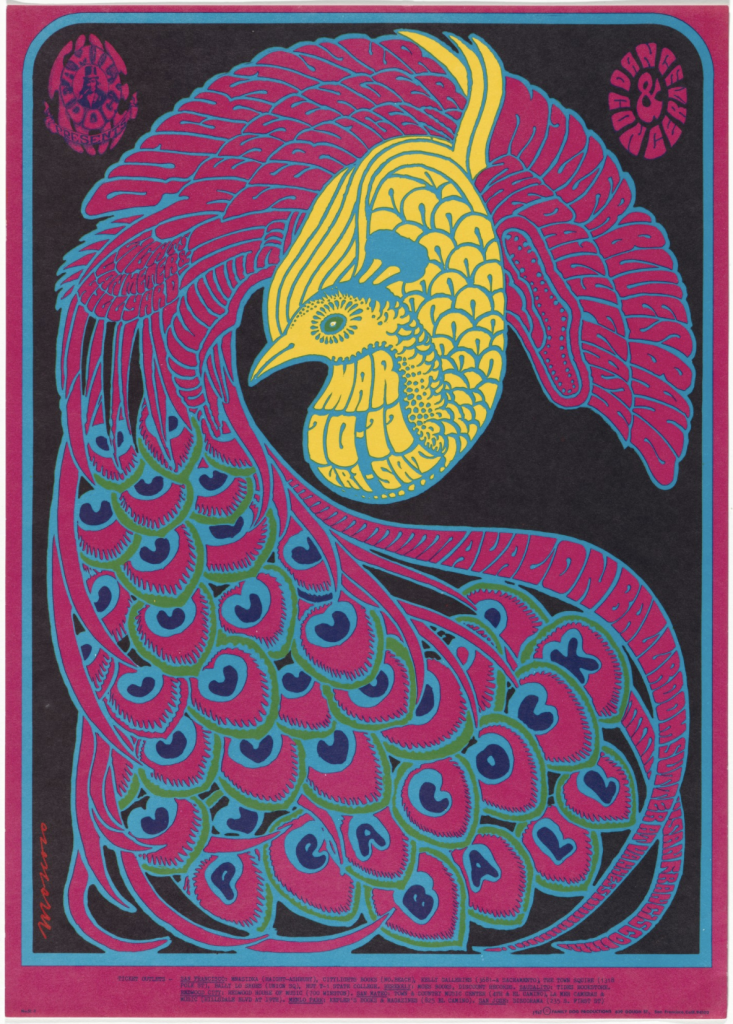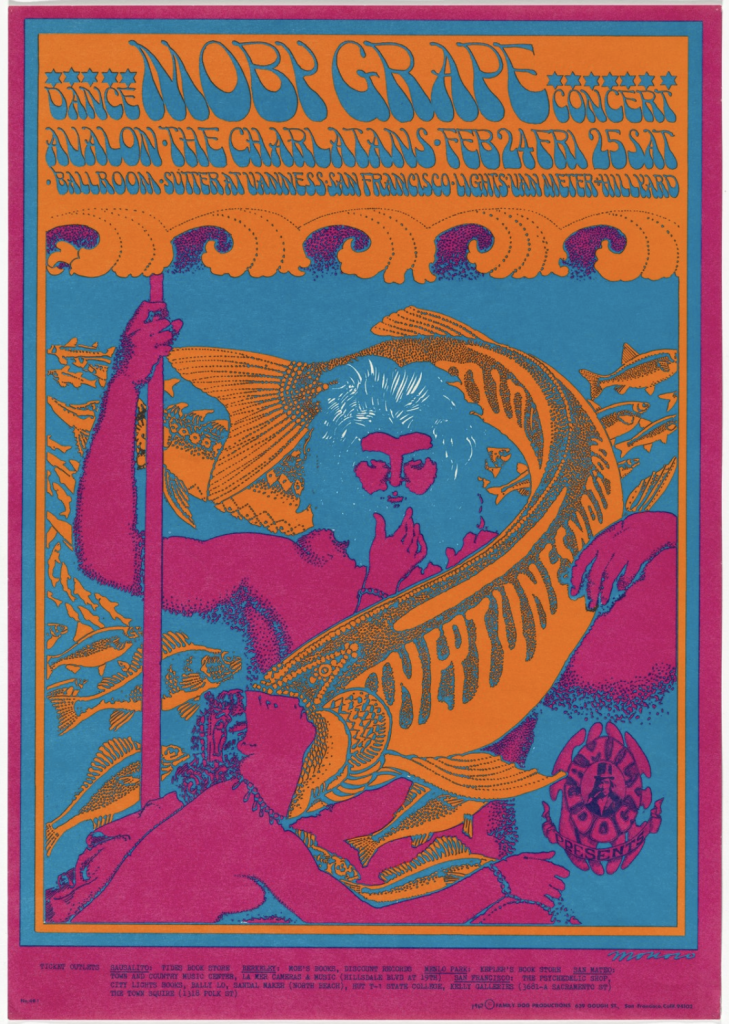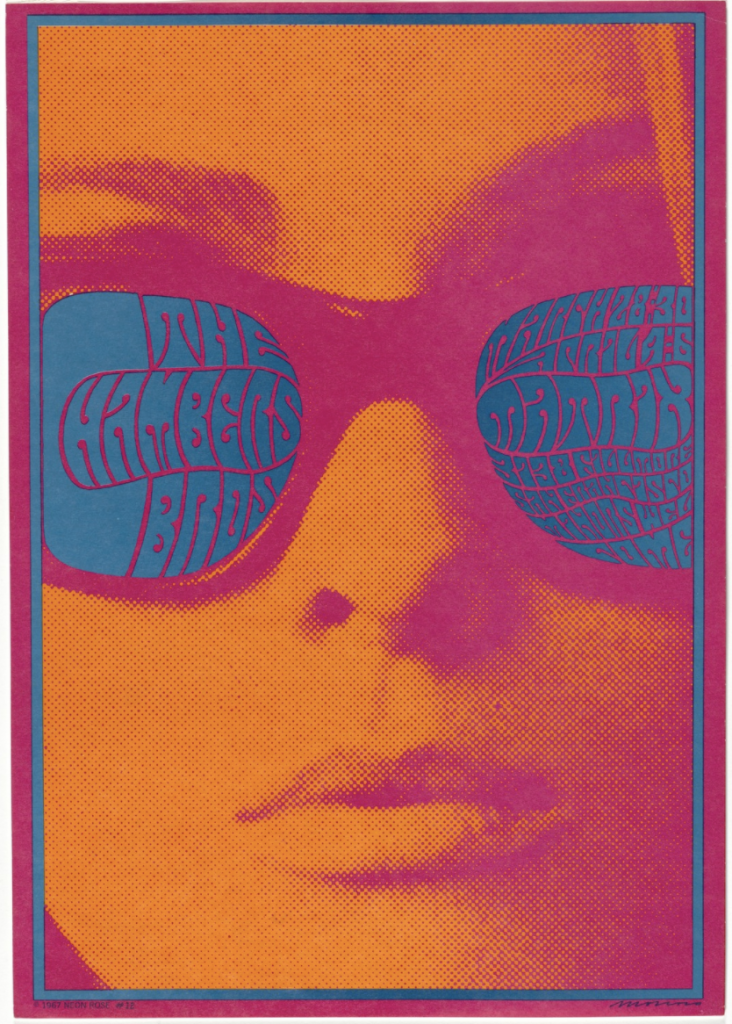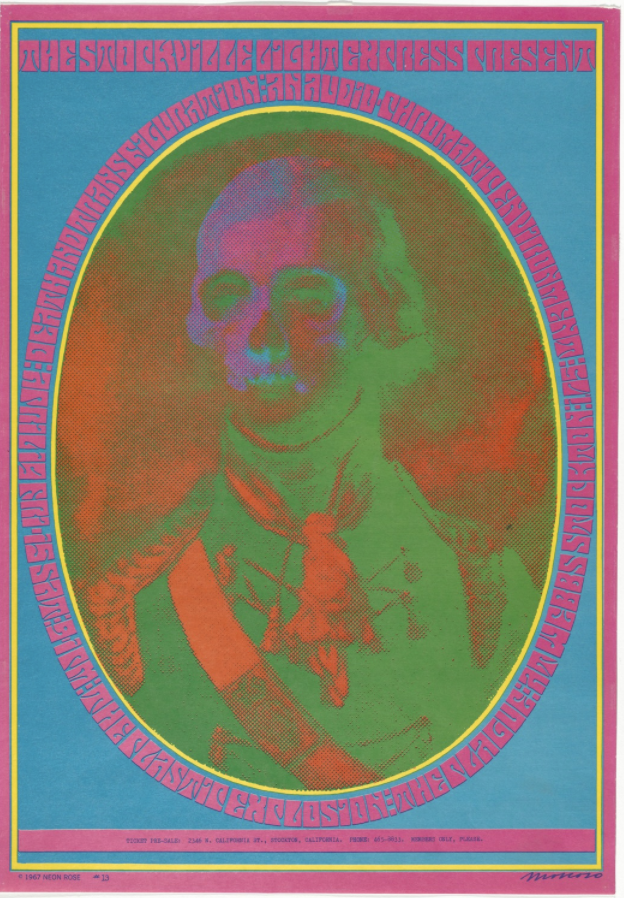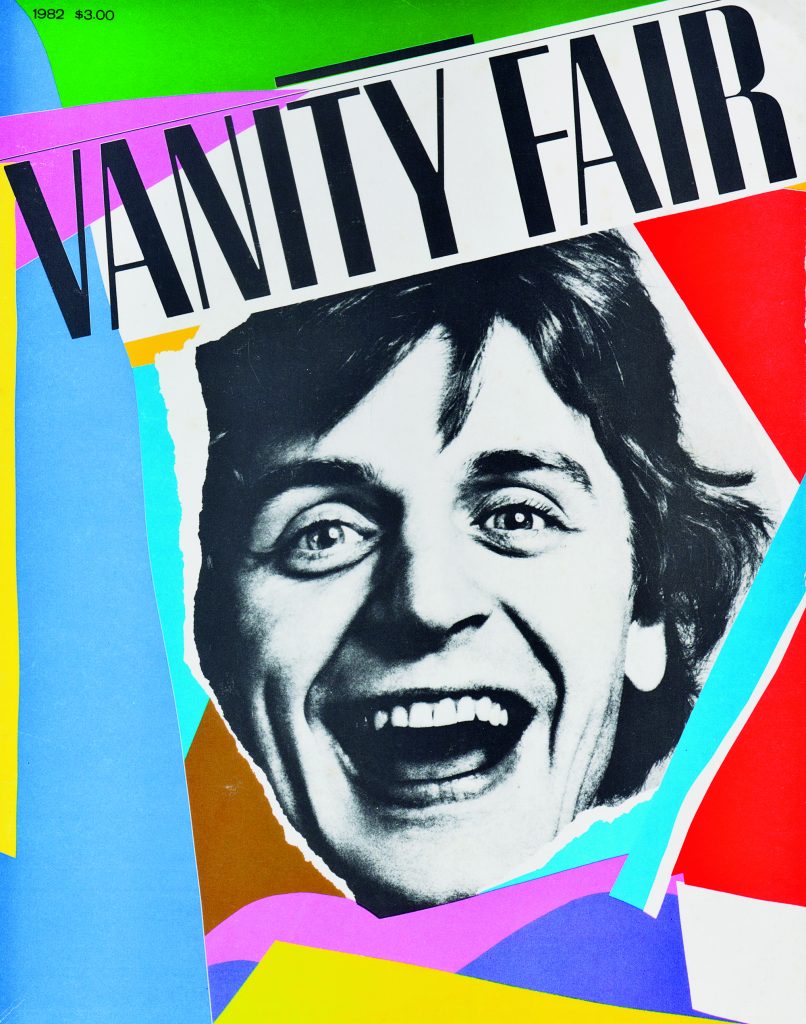Douglas Coupland (1961-Present)
Douglas Coupland is a Vancouver-based novelist and artist who is known for his novel Generation X: Tales for an Accelerated Culture and also for coining the term Gen X. He often explores themes of modern-day culture in North America, often through a pessimistic lens. He has writen 13 fiction and non-fiction books since 1991 and has won numerous awards for them.
His accolades include: being a member of the Royal Canadian Academy, being an Officer of the Order of Canada, an Officer of the Order of British Columbia, a Chevalier de l’Ordre des Arts et des Lettres and receiver of the Lieutenant Governor’s Award for Literary Excellence.
On the art side of his career, he attended the ECUAD and has continued on his visual artist journey throughout his life. He’s had shows across Canada and Europe and even retrospective shows on his work. He often uses bright solid colours and explores themes of what it means to be human in this increasingly digital world we all engage with on a daily basis.
On a more personal note, I get to see his work everyday. His 43 feet tall Golden Tree sculpture set in front of a 25-foot by 40-foot image of Stanley Park is situated right outside my building so I get to experience a bit of the artistic genius that is Douglas Coupland.


